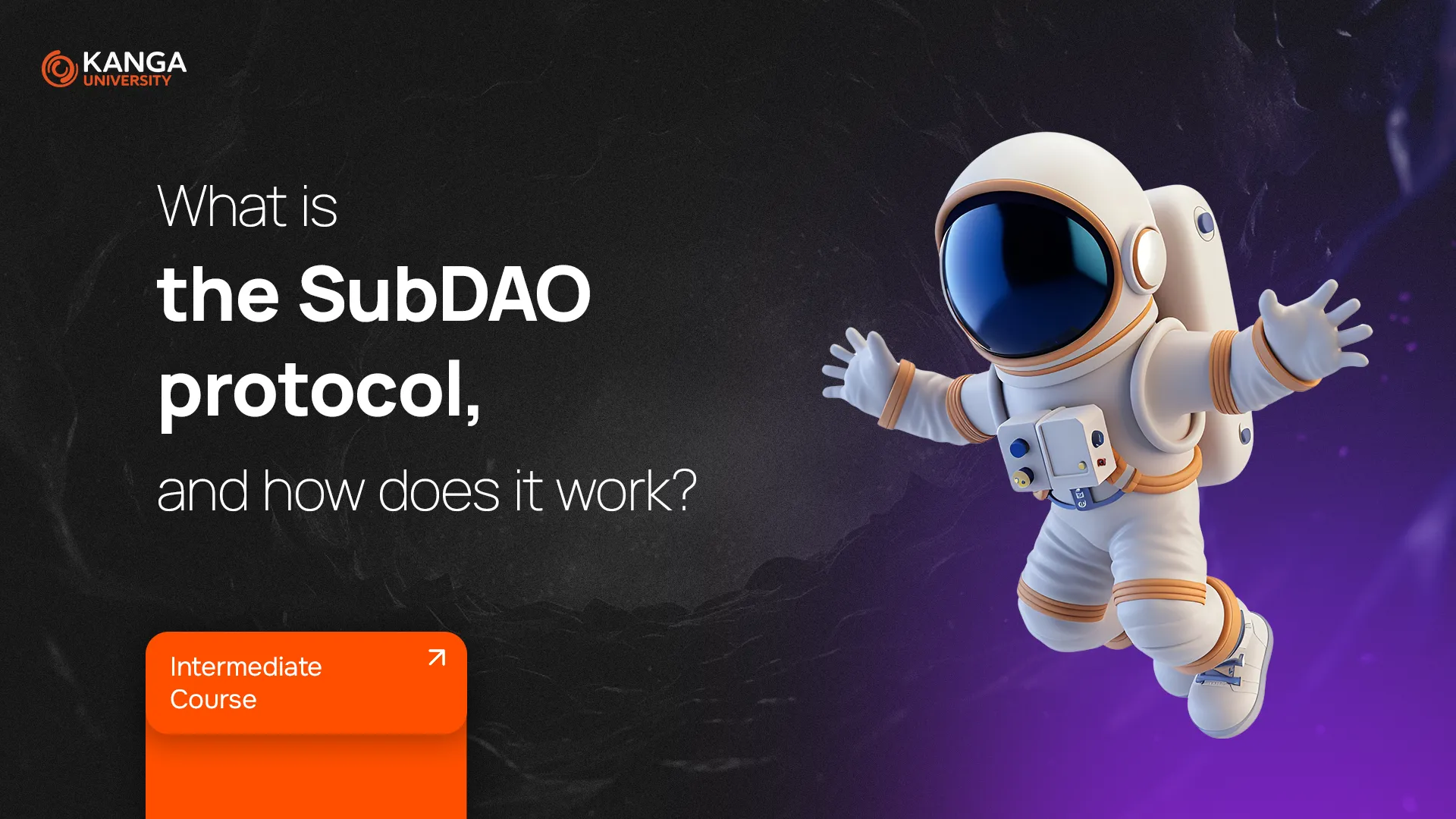
DeFi (Decentralized Finance) has already shaken up the traditional finance world—but it’s just the beginning. A new concept is gaining traction in the Web3 space: SubDAO. It’s like DAO’s smarter, more flexible cousin—and it could play a big role in how we build digital organizations in the future.
In this lesson, we’ll break down what SubDAO is, how it works, and why it matters—using simple language and real-world comparisons.
First things first: What’s a DAO?
DAO stands for Decentralized Autonomous Organization. It’s a type of organization that runs without a CEO, boss, or central authority. Instead, it’s managed by smart contracts—automated code running on a blockchain.
In a DAO:
-
Members make decisions by voting with governance tokens.
-
More tokens = more voting power.
-
All actions are carried out automatically by code—no human interference.
It’s basically a digital democracy where the rules are written in code.
So… What Is a SubDAO?
A SubDAO is like a mini DAO within a larger DAO. Think of it as a department inside a big company—marketing, product, finance, etc.—each with its own responsibilities but still working toward a shared mission.
SubDAOs operate independently but stay aligned with the goals of the main DAO. They have their own voting tokens, budgets, and teams.
This model allows DAOs to scale and organize their internal operations without giving up decentralization.
Why Do We Need SubDAOs?
DAOs are powerful—but managing large communities and complex operations can be overwhelming. SubDAOs help break things down into smaller, focused units that can operate faster and more efficiently.
Here’s what they bring to the table:
-
Structure: Split big DAOs into task-specific groups.
-
Speed: Make quicker decisions in smaller teams.
-
Inclusion: Give more members a chance to actively participate.
-
Flexibility: Allow teams to specialize and innovate.
How Do SubDAOs Work?
Just like regular DAOs, SubDAOs use smart contracts, governance tokens, and on-chain voting. But instead of managing the whole organization, they handle a specific domain—like product development, marketing, community building, or investments.
For example, a SubDAO focused on venture capital might:
-
Invest in promising Web3 startups
-
Manage a treasury
-
Buy NFTs
-
Lend funds
-
Connect with third-party DeFi protocols
All these actions are transparent and automated through blockchain.
Meet the GOV Token
Each SubDAO has its own governance token—often called GOV. If you hold GOV tokens, you can vote on key decisions like:
-
How to spend funds
-
Which projects to support
-
What rules the SubDAO should follow
GOV tokens are usually available on major crypto exchanges.
Why SubDAOs Matter
1. Lower entry barriers
Traditional DAOs can be expensive to join. SubDAOs make participation more affordable and accessible for newcomers.
2. Specialization
SubDAOs let people focus on what they’re good at—whether it’s coding, research, community, or design.
3. Supporting big DAOs
SubDAOs don’t replace large DAOs—they help them. They allow big organizations to decentralize operations and delegate decisions, without losing control.
SubDAO vs. DAO: Think Layer 2
If you’re familiar with Layer 1 and Layer 2 blockchains, here’s a comparison:
-
Layer 1 = the base (like Ethereum)
-
Layer 2 = built on top, improves performance (like Polygon)
SubDAO is like Layer 2 for DAO. It supports, scales, and improves the DAO ecosystem—making it faster, more flexible, and easier to manage.
Summary
SubDAO is a smart solution for managing decentralized organizations at scale. It brings structure, speed, and accessibility to the DAO model—without sacrificing transparency or democratic governance.
As DAOs grow, SubDAOs are likely to become a key part of how Web3 communities organize and operate. Whether you’re a developer, investor, or community builder, SubDAOs open the door to new ways of collaborating and innovating in the crypto world.